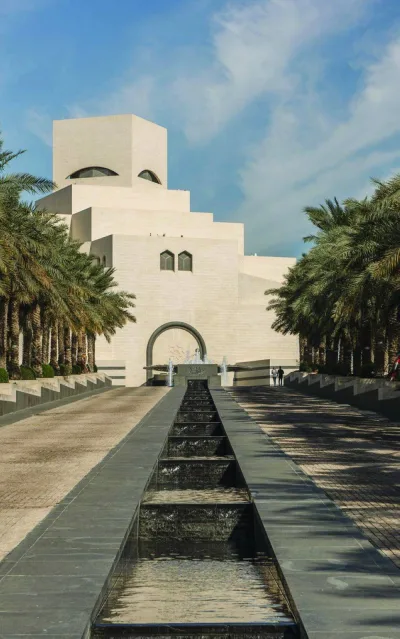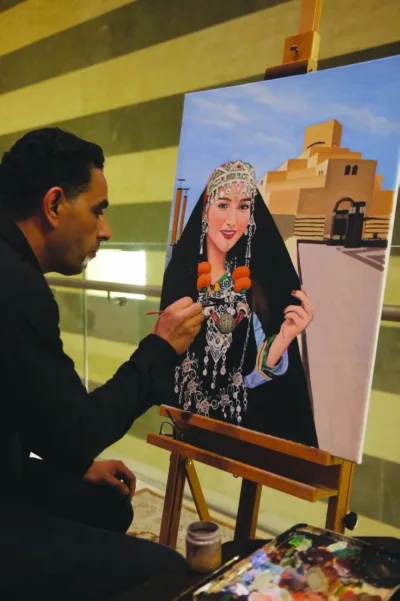UP, CLOSE: Thiago’s works are influenced by his country’s history, politics and society at large. His knowledge in psychology has shaped his paintings to portray events in a different perspective.
By Umer Nangiana
Pursuing psychology as his main subject of academic interest, this Brazilian artist has created artistic masterpieces that are highly influenced by the real events from the distant and recent history of his country and his close environment.
He paints what he feels and creates images the way he sees them, keeping his ideas close to the realities in his close proximity. He is not afraid of touching upon ideas just because certain people might not want to see them.
Thiago Martins de Melo’s paintings offer a wealth of almost overwhelming sensory impressions. For most Europeans, however, there is nothing familiar in their symbolic references, his motifs refer to actual political events and to the African and indigenous cultural heritage of Amazonia.
‘The Cannibal Manifesto’, written in 1928 by modernist poet and polemicist Oswald de Andrade is useful in interpreting de Melo’s work. De Andrade describes how the Tupi tribe’s cannibal rituals could be interpreted as a symbol of the Brazilian culture, where Western ideas are consumed and, in the process, transformed into something new and original,” says the curator of ‘Here, There’, the exhibition of works of Qatari and Brazilian artists currently underway at Al Riwaq. Melo is one of the participating Brazilian artists.
In the painting displayed in this exhibition, one finds the collage aesthetic so typical of Thiago Martins de Melo’s work. The painting shows the artist and his wife Viviane sitting on the floor of the Brazilian parliament building, slaughtering pigs. In Latin America, pigs are a common symbol of Western imperialism.
“Here we recognise the faces of several politicians who were probably responsible for the Eldorado dos Carajas massacre in 1996. In that incident, 19 landless farmworkers were shot dead by the military police during a demonstration. Viviane herself is deeply involved in the environmental movement, which fights for the indigenous population’s rights in Brazil,” says the curator.
“I am very interested in the relation about the psycho-geographic aspect in my culture. What happens in Brazil as a country which is very centralised about its bloody history and what they select as what is Brazil and what is not,” says Melo in his video interview for the exhibition.
He believes this is specific about the Third World or about this colonial aspect that is in my country, in Latin America, Africa and in some parts of Europe. “But I am very interested in kind of post-colonial, post-capitalism. With my work I can talk about this narrative, about this denied history, denied stories,” he adds.
Not a graduate in art studies, Melo says he is very much interested in this psychological aspect of the pictorial signs. “I am very interested in knowing how it is important with communications and how we can find similarities in different cultures,” says the artist.
Melo believes art is very important for the conscience. It is important for the new generations to have some icons; certain paintings or images that is independent and not just represents “establishment”.
From Sao Luis, a city in the northwest of Brazil, the artist studied art in his town’s university but never graduated. He studied psychology with a Masters and now he is doing a Phd (doctorate) in the subject.
He says he is very much influenced by what is going on around him in his country where people are witnessing a kind of awakening and people are questioning about things happening to and around them. He says his work also revolves around his influences where he is always questioning “who I am and what am I doing.”



